Puerto Rico Aerial Pictures Show Lingering Devastation
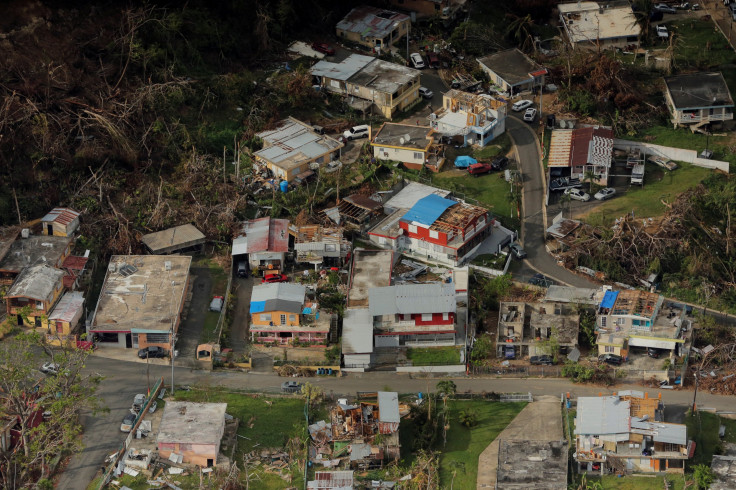
Hurricane Maria hit Puerto Rico almost three weeks ago, and the island is still struggling to get basic utilities back to its people.
Electricity is available to roughly 15 percent of people, and just under 60 percent of Puerto Ricans have running water. Cell phone service on the island has also been severely affected. Hurricane Maria knocked out most of Puerto Rico’s cell phone towers. Just over a quarter of the towers are back and working, but only around 50 percent of customers have service.
The Federal Emergency Management Agency has delivered aid to Puerto Rico, but there have been some logistics issues getting aid out from the main drop off areas. Communication issues coupled with roads being washed out and damaged bridges have meant that supplies have sat in storage.
Puerto Rican Governor Ricardo Rosselló said that he’s trying to make sure people get the supplies they need.
“We're delivering food to all of the municipalities, and water,” said Rosselló in an interview with CNN. “There were complaints that that water in some places was not getting to the people so I ordered a full investigation.”
The White House asked Congress for $29 billion in hurricane relief for Puerto Rico, Texas and Florida. Hurricanes Maria, Harvey and Irma all devastated the U.S. this year.
Rosselló, however, has asked for more aid in a letter to Congress obtained by CNN.
“We are grateful for the federal emergency assistance that has been provided so far,” Rosselló wrote. “However, absent extraordinary measures to address the halt in economic activity in Puerto Rico, the humanitarian crisis will deepen, and the unmet basic needs of the American citizens of Puerto Rico will become even greater.”
Before Maria and Irma hit Puerto Rico, the island was already in tough shape. It had filed for bankruptcy and its electrical grid was already in poor condition.

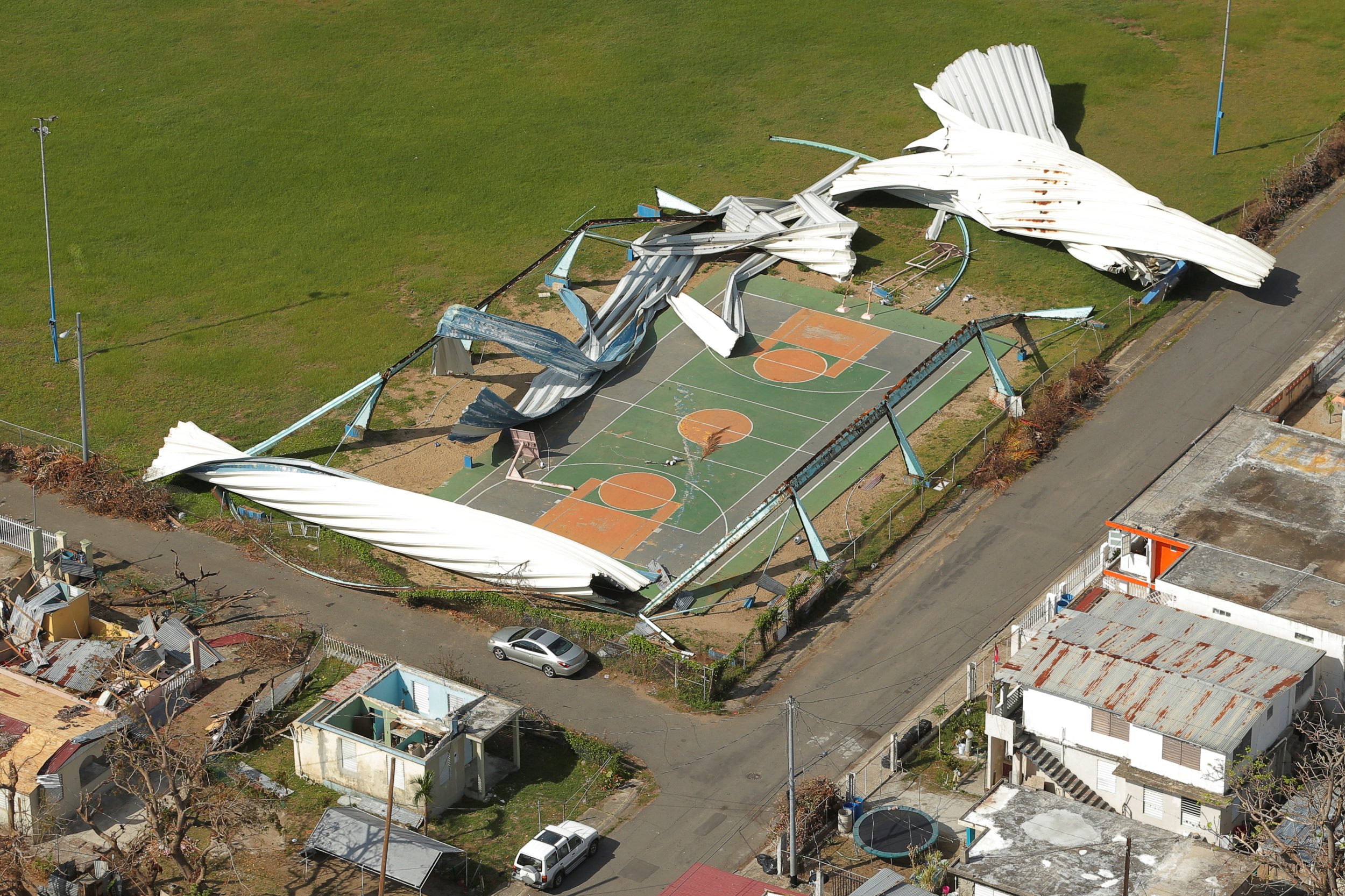
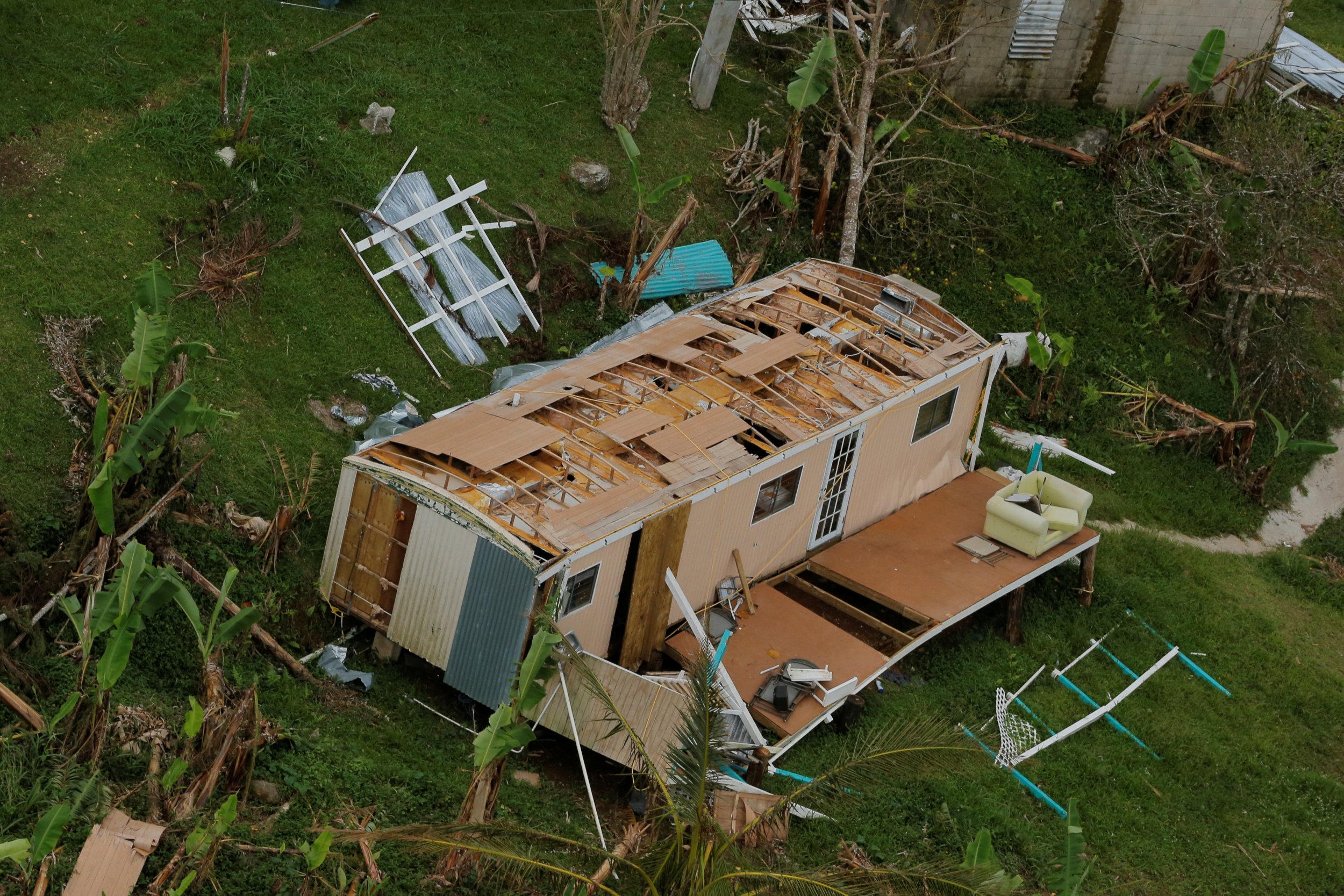

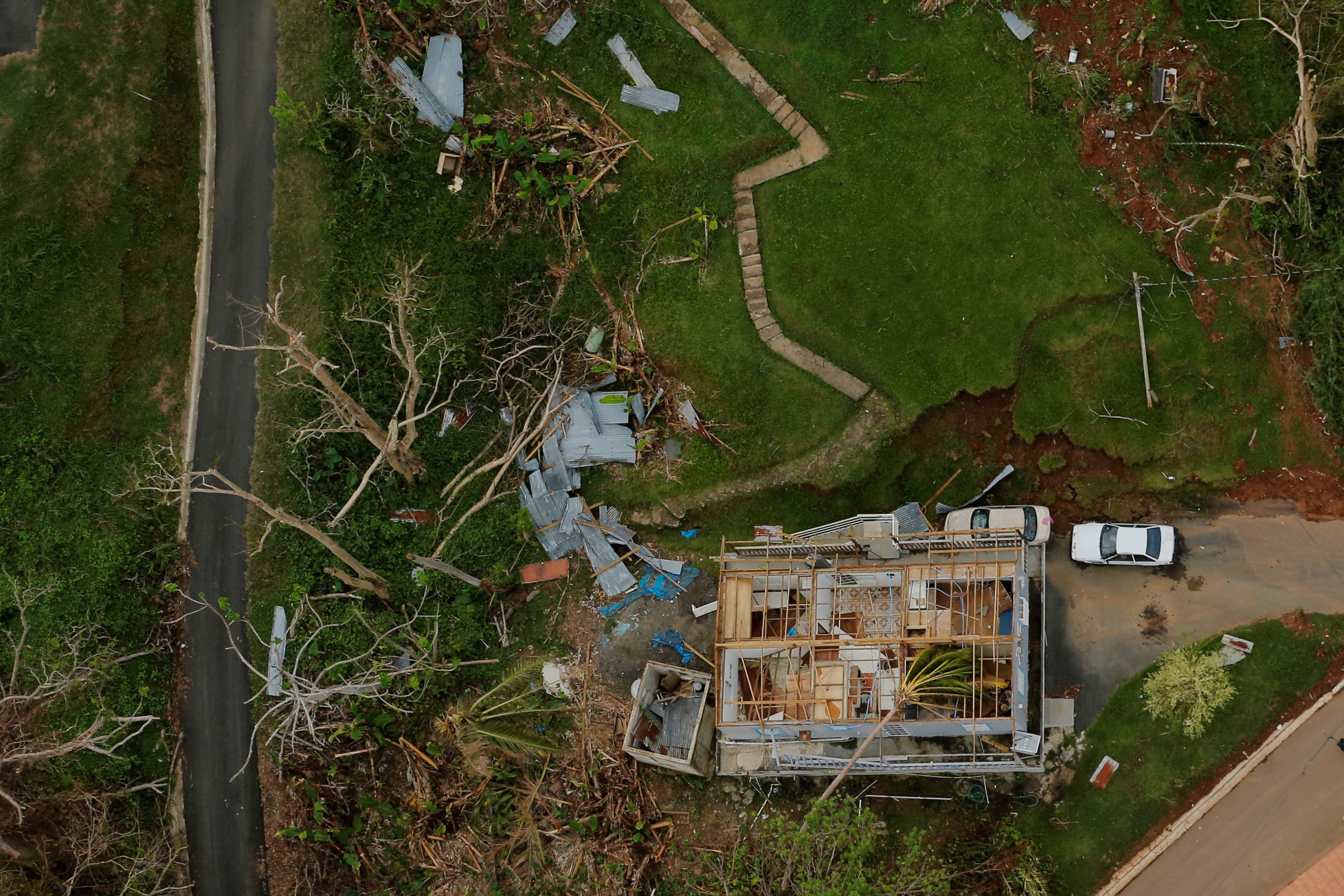
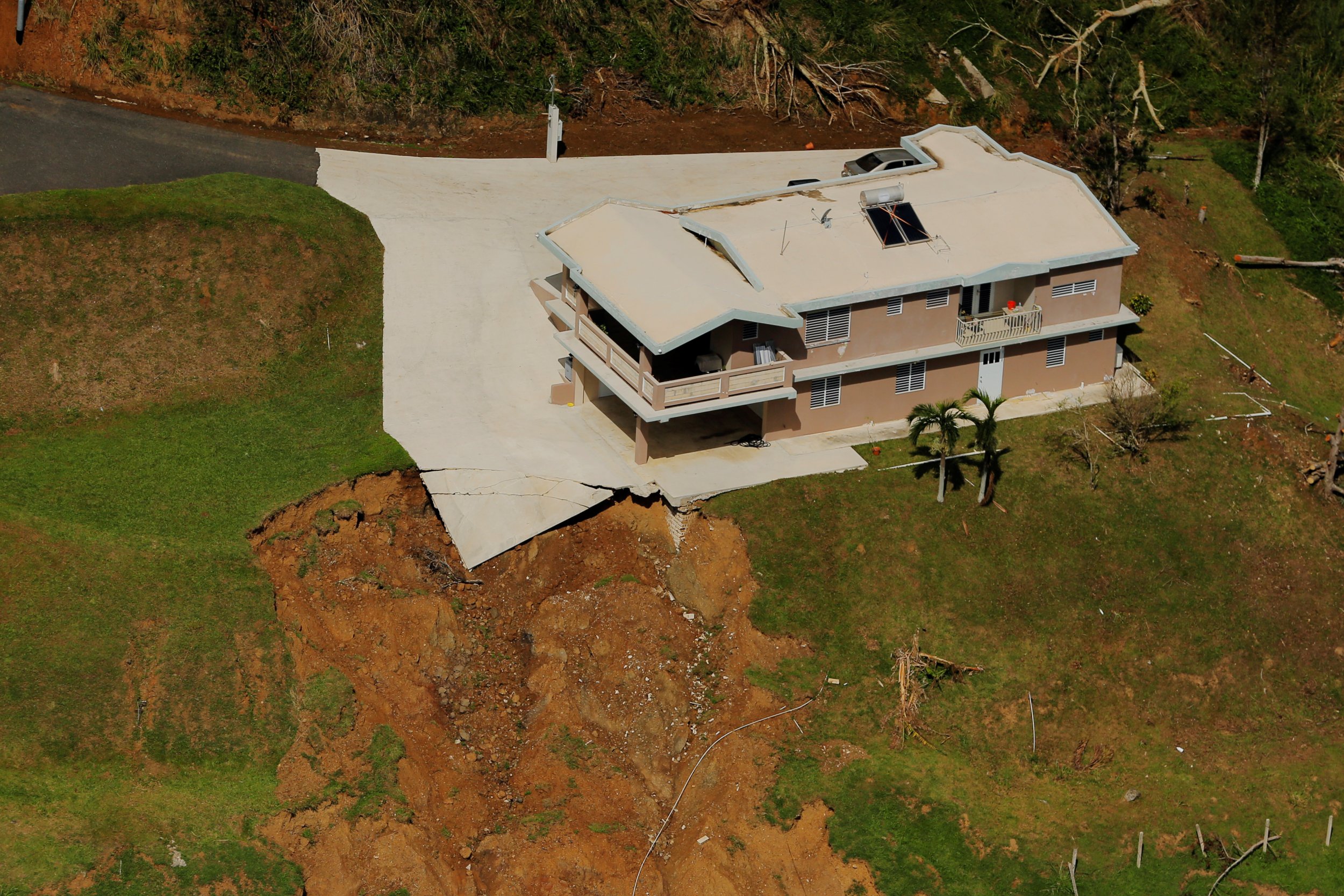
© Copyright IBTimes 2024. All rights reserved.





















